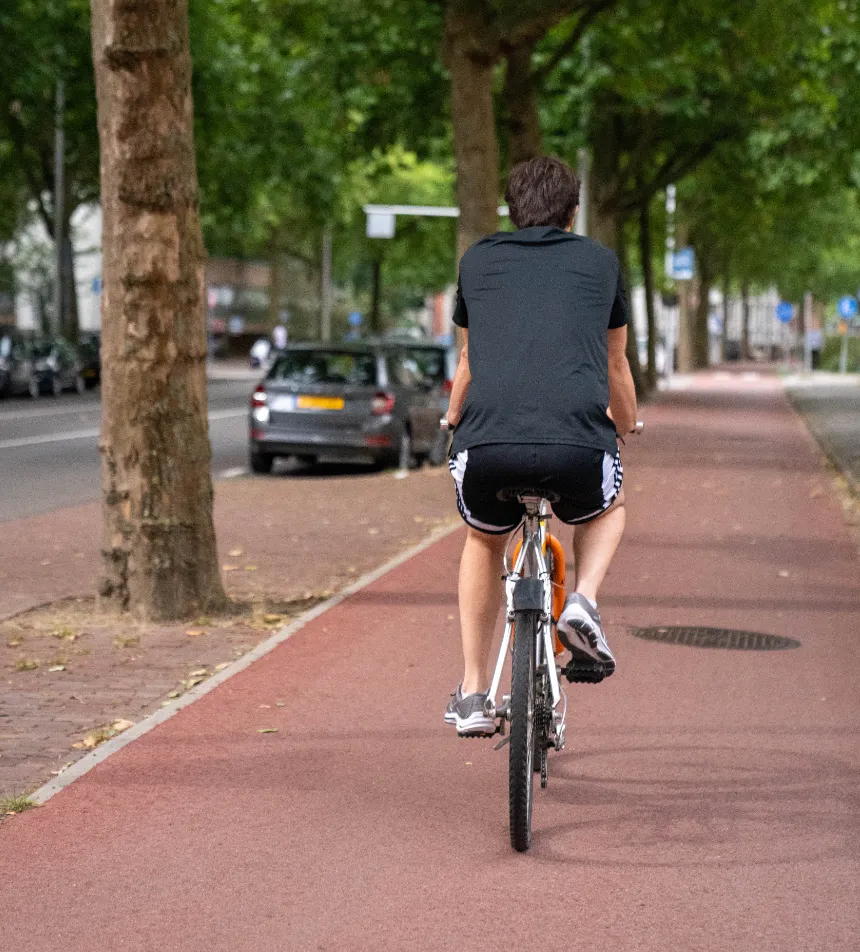City trees
The goal with every Permavoid subbase system for trees is to create a multifunctional, layered urban design where it can grow as if it's in the forest



How does it work?
In order to create a growing site capable of facilitating healthy tree growth for many decades, fundamentals like water availability and loadbearing capacity must be considered. There should be enough water available during summer, but without flooding the root system during periods of heavy rainfall. Oxygen should be able to enter the soil, and carbon dioxide must be allowed out. City trees need protection from urban disruptions in the rootzone such as works on underground utilities and they need enough space to support growth and stability for their designed lifespan.



Strong benefits for city trees.
The Permavoid solutions for future-proof growing sites provide enough space for unhampered tree growth for the lifespan of the tree, without sacrificing urban space needed for parking spaces, bicycle paths and walkways. The added goals of the future-proof growing site are to create energy neutral, drinking water saving system to sustain a healthy urban forest. This is achieved by combining and stacking different symbiotic urban functions: rainwater management, root growth, urbanity and the trees' ecosystem services are all realized in one and the same place.
In a situation where trees are expected to grow in a paved environment, compaction of the soil, superficial tree roots damaging the pavement and a greatly reduced gas exchange with the soil are known for growth-limiting factors. The Permavoid Sandwich construction eliminates these limitations by creating a stable and open raft beneath the pavement to ensure healthy roots.
.webp)
Permavoid future-proof growing sites are designed in such a way that the tree no longer causes costly and potentially dangerous damages to the pavement. The nuisance of frequent and reoccurring pavement repairs become a thing of the past. With Permavoid roots are prevented to grow where they cause damage, seperated from the pavement with a layer of air, while providing them enough space to develop and flourish, away from the paved surface.

Just like in nature, we collect, store and naturally return water to the trees. Whether they grow in open soil or paved circumstances, trees become an integral part of urban rainwater management. By balancing stormwater availability and potential tree evaporation with irrigation based on natural capillary rise from below, we prevent flooding of the growingsite each time it rains.
.webp)
Healthy city trees reduce the urban heat-island effect, but the amount of water needed to be able to actually do so is often underestimated. Without sufficient water the tree cannot grow to its full potential to provide us with his much needed services to improve city life.
-min.webp)
Get inspired by these projects





